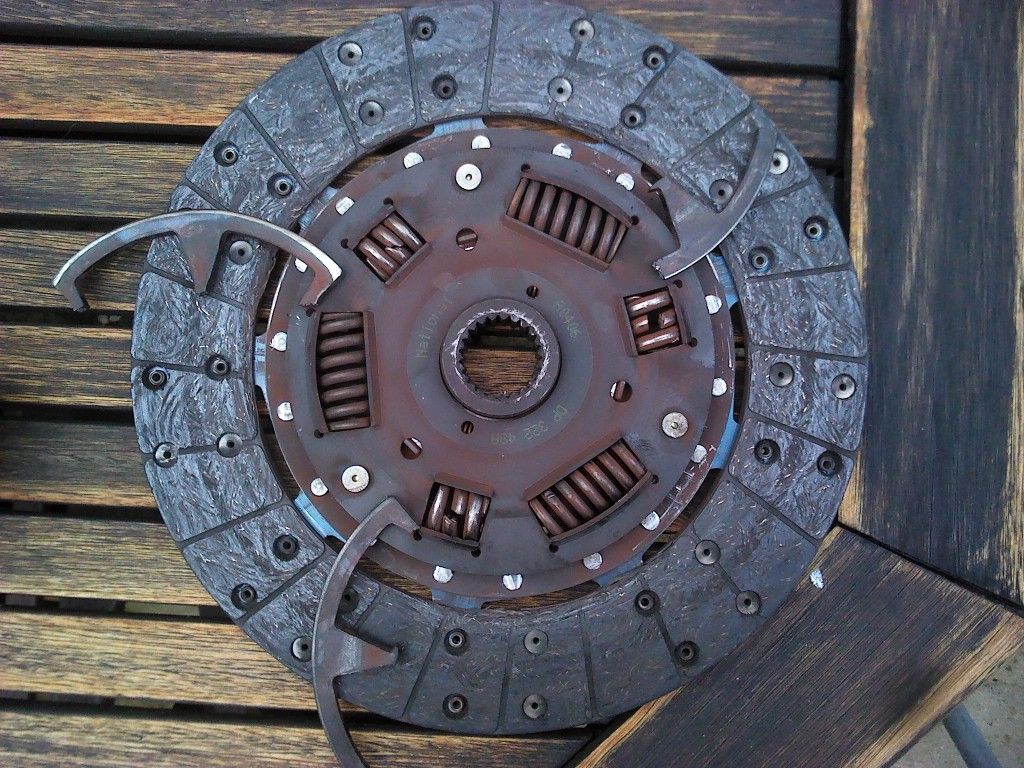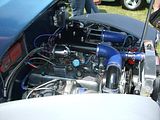I have been chasing a mysterious clutch/gearchange problem and eventually took it off - this is what I found...

The bits of metal were stuck in between the friction plate and the pressure plate, causing the clutch to drag especially at high RPM.
This is a National clutch plate and lasted just over 20k miles. So I'd like recommendations for a new stronger plate - a clutch change is long and tedious on my car so I want it to last.







